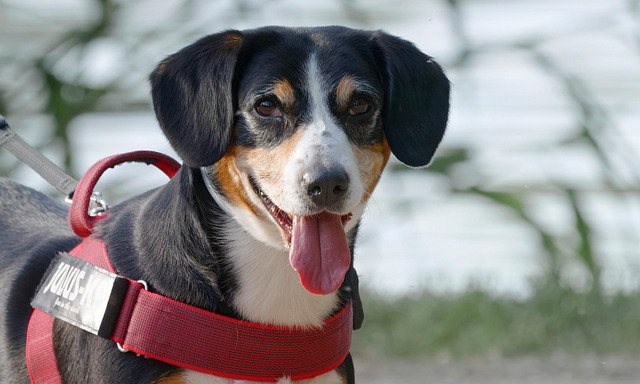
How can I tell if my dog's heatstroke is serious
Let’s be real: It’s a sticky August morning in Los Angeles, and you took your 2-year-old Golden Retriever, Max, for a walk a little later than usual
Watching your pup turn up their nose at their favorite kibble and hunch over in discomfort is every dog parent’s worst fear—and if your vet has diagnosed gastroenteritis, one of the first questions racing through your mind is probably how to feed them safely. Gastroenteritis irritates the gut lining, so throwing regular meals at a sensitive stomach can make things worse, but letting them go too long without food risks other issues. It’s all about finding that gentle middle ground, especially when you’re new to navigating your dog’s health.
First, let’s break down the science: When a dog has gastroenteritis, their digestive tract is inflamed and struggling to process food. Vets usually recommend a 12 to 24-hour fast to give the gut time to rest—this isn’t neglect, it’s letting their body heal. But don’t skip water! Dehydration is a big risk here, so leave fresh, room-temperature water out and encourage small sips often. If your dog is a tiny breed (like a Chihuahua) or a puppy, check with your vet first—they can’t go as long without food.
Once the fast is over, start with tiny, bland meals. Think cooked white rice mixed with boiled chicken or a vet-recommended gastrointestinal diet. Feed these in portions about 1/4 the size of their normal meal, every 2 to 3 hours. The goal is to give their gut small, easy-to-digest loads—too much too soon will bring back vomiting or diarrhea. For example, if your 30lb Lab usually eats 2 cups a day, start with 1/2 cup total split into 4 or 5 small feeds.
 As your dog starts keeping food down (no vomiting for 12+ hours, normal-looking stool), you can slowly bump up portion sizes and stretch the time between meals. After 2 to 3 days of good progress, mix a little of their regular food into the bland diet—start with 25% regular, 75% bland, then adjust over another 2 to 3 days. If at any point they backslide, pause and go back to smaller, blander meals—don’t rush the process.
As your dog starts keeping food down (no vomiting for 12+ hours, normal-looking stool), you can slowly bump up portion sizes and stretch the time between meals. After 2 to 3 days of good progress, mix a little of their regular food into the bland diet—start with 25% regular, 75% bland, then adjust over another 2 to 3 days. If at any point they backslide, pause and go back to smaller, blander meals—don’t rush the process.
While you’re caring for their stomach, don’t forget the basics of responsible dog ownership in the US. Even if your pup is under the weather, make sure their rabies vaccine is up to date—it’s legally required in every state. If you take them outside for short walks, always clean up after them—community rules and state laws mandate this, and it keeps other pets safe from potential germs. And never scold or punish your dog for accidents during gastroenteritis—their body is out of their control, and positive reinforcement (like praise for eating well) is always the way to go.
Caring for a dog with gastroenteritis can feel overwhelming at first, but sticking to small, frequent, bland meals and watching for progress will help them bounce back. Always check in with your vet if symptoms last more than 2 days, if they’re lethargic, or if you’re unsure—they’re your best resource for keeping your pup healthy. Before you know it, your dog will be begging for their regular meals again, and you’ll feel confident handling future minor health hiccups.

Let’s be real: It’s a sticky August morning in Los Angeles, and you took your 2-year-old Golden Retriever, Max, for a walk a little later than usual

You're enjoying a summer afternoon at the park when you notice your dog has stopped panting and appears disoriented - their gums are bright red

Let’s paint the picture: You’re in your Denver apartment, watching your 4-year-old Boston Terrier, Ruby, plop down mid-play session with her favorite toy

Many dog owners notice their pets nails seem shorter after regular walks,but how much does this daily activity actually help?The answer depends on where you walk—concrete sidewalks or asphalt streets gently file nails as a dog's paws hit the ground

Most dog owners notice their pup scooting across the carpet at some point, but few connect it to impacted anal glands. These small sacs near a dog’s rectum secrete a scent for marking territory

Most vets agree that regular dog teeth cleaning is key to avoiding painful dental issues later. For healthy adult dogs, a professional cleaning at the vet’s office every 12 to 18 months usually works well.